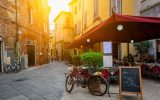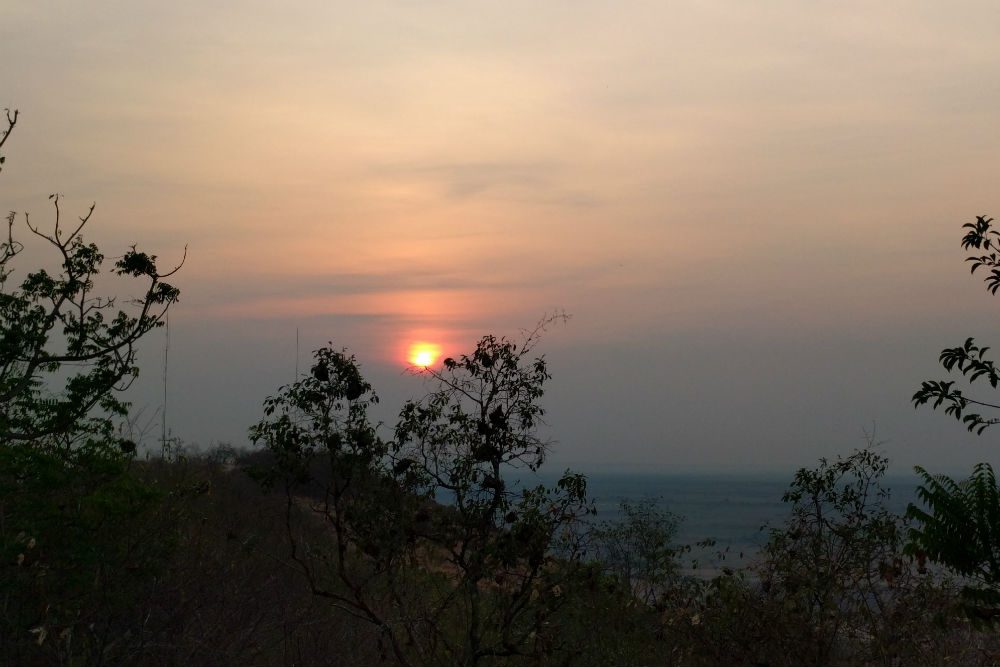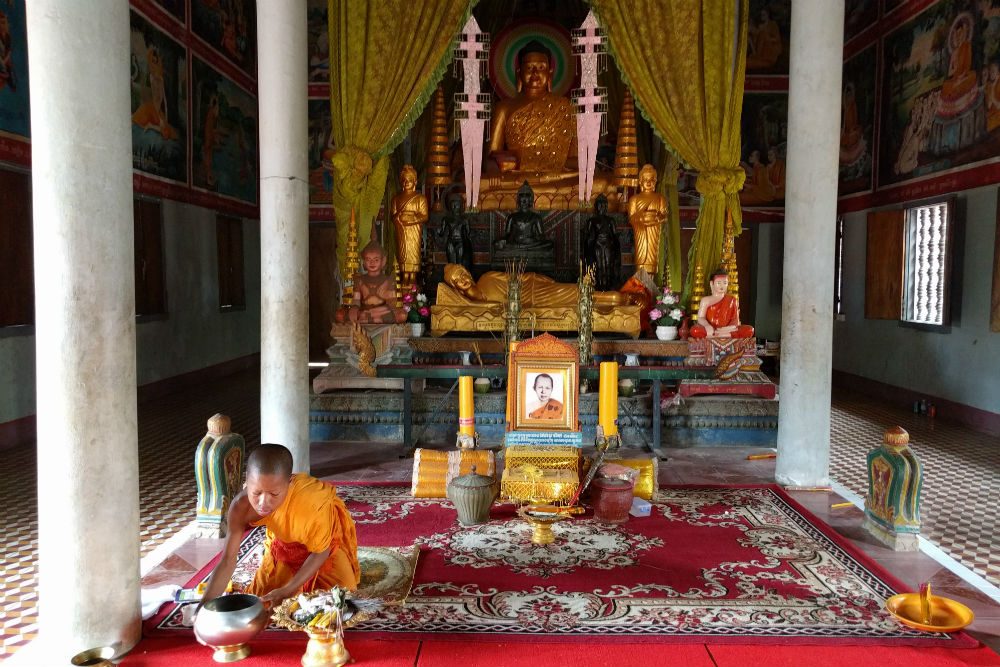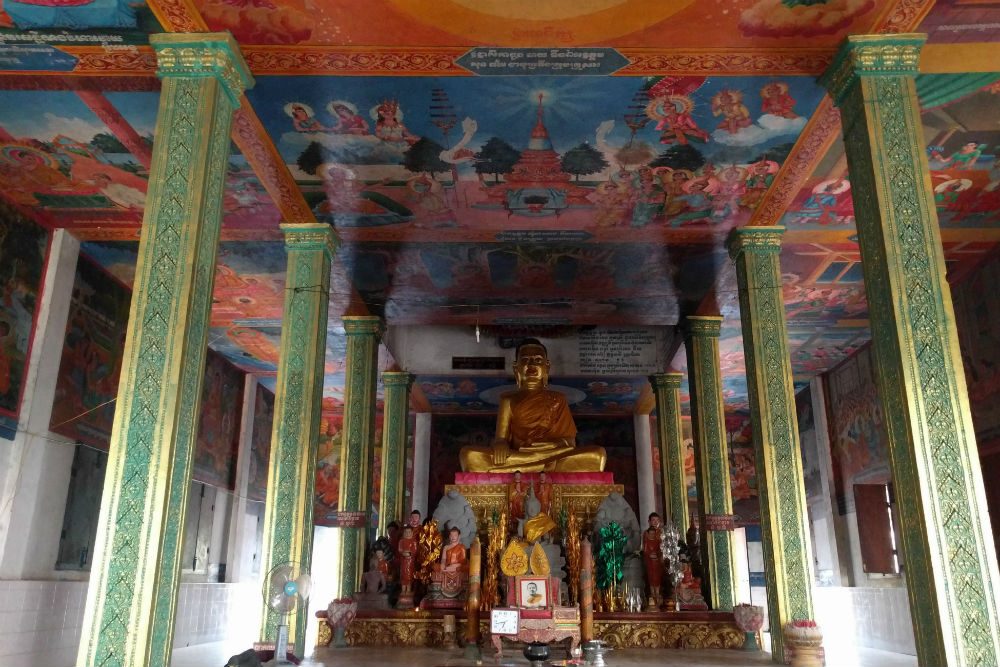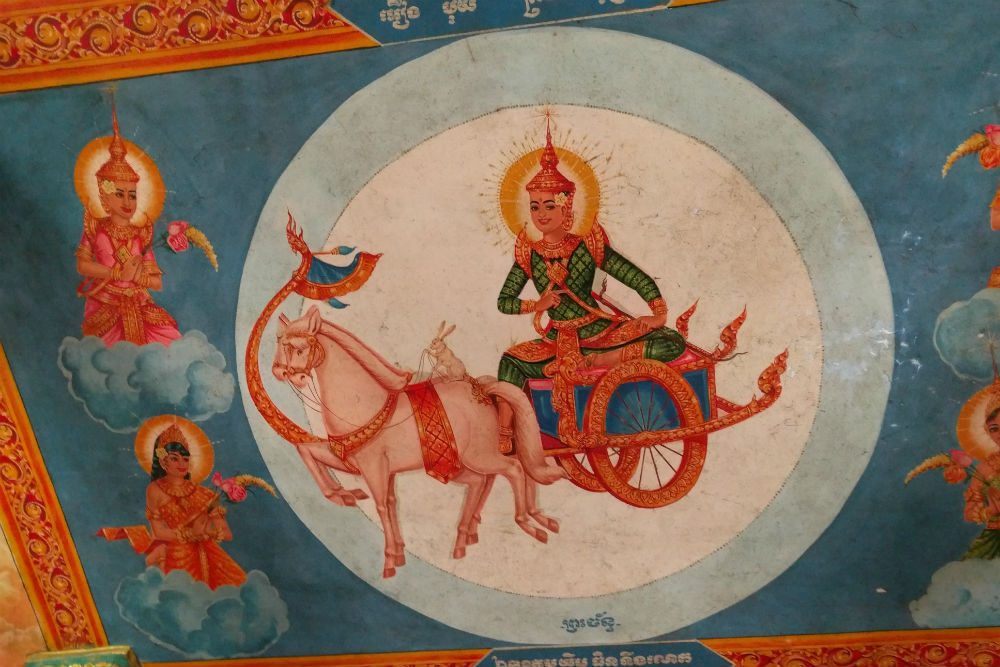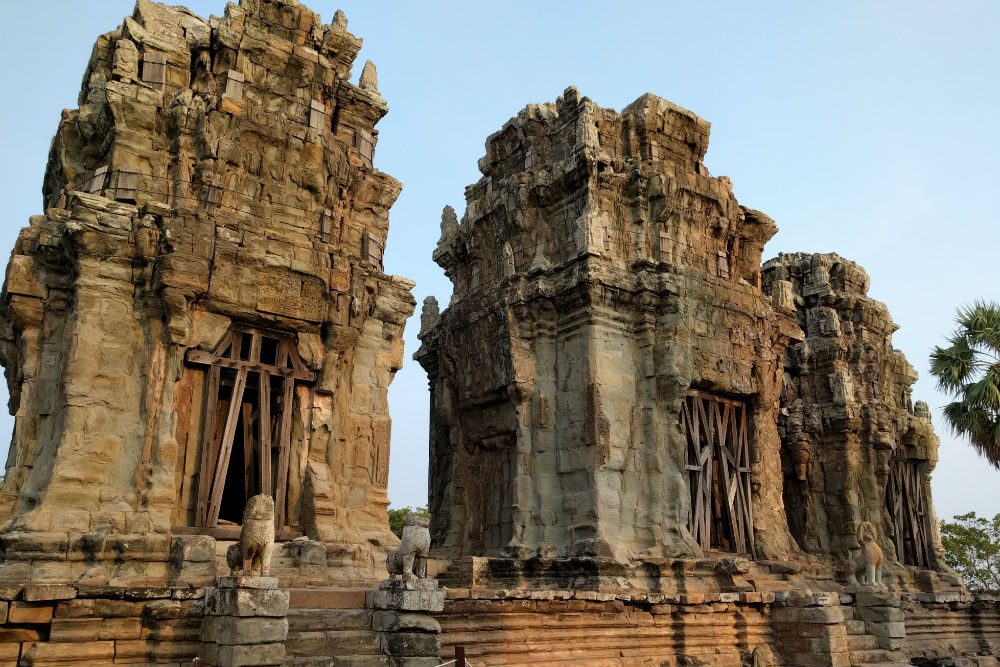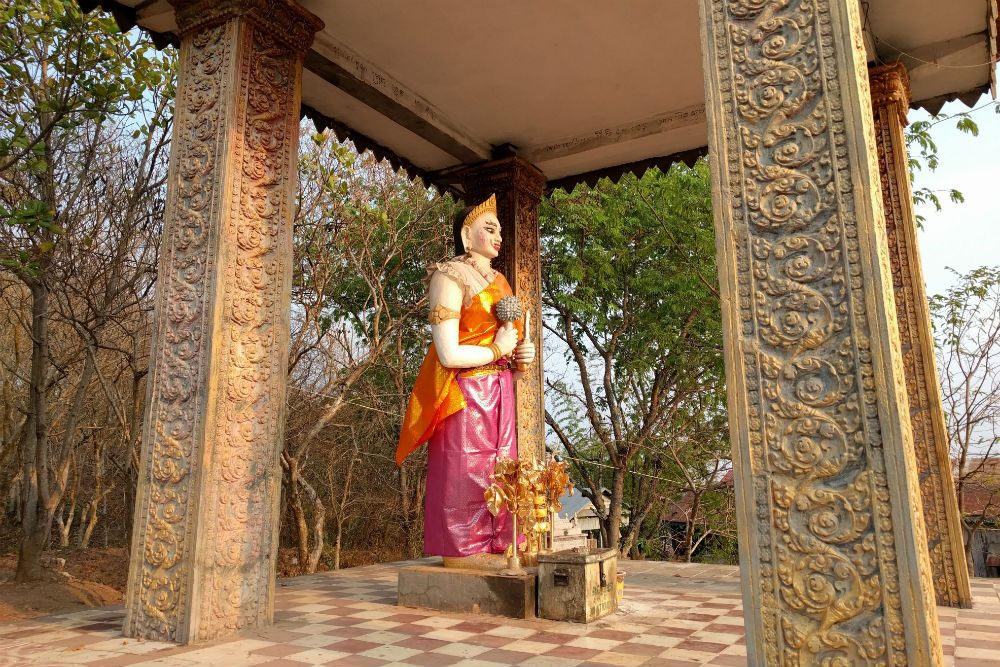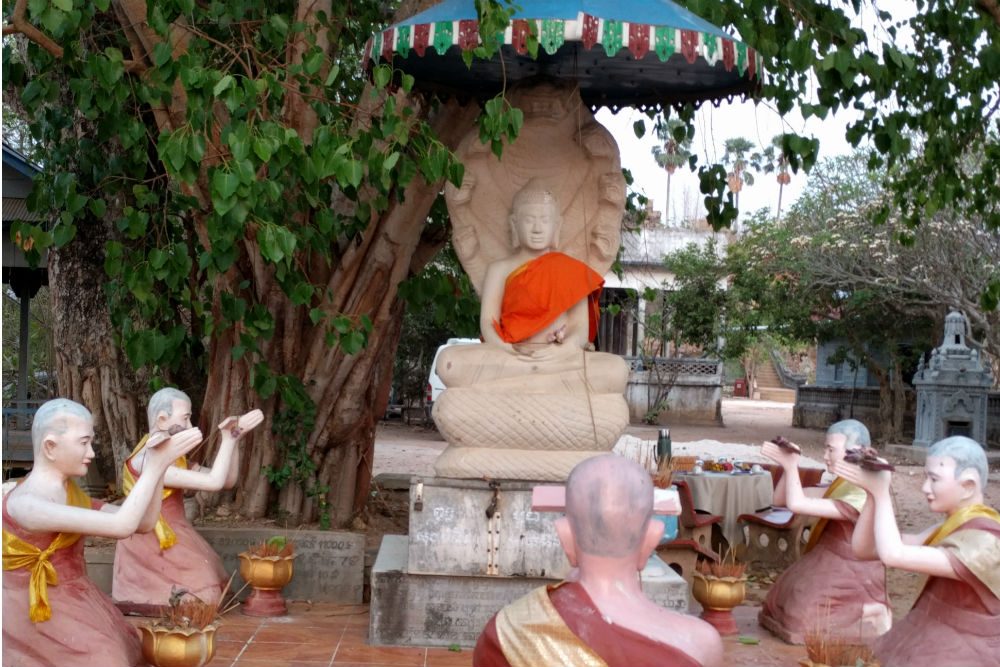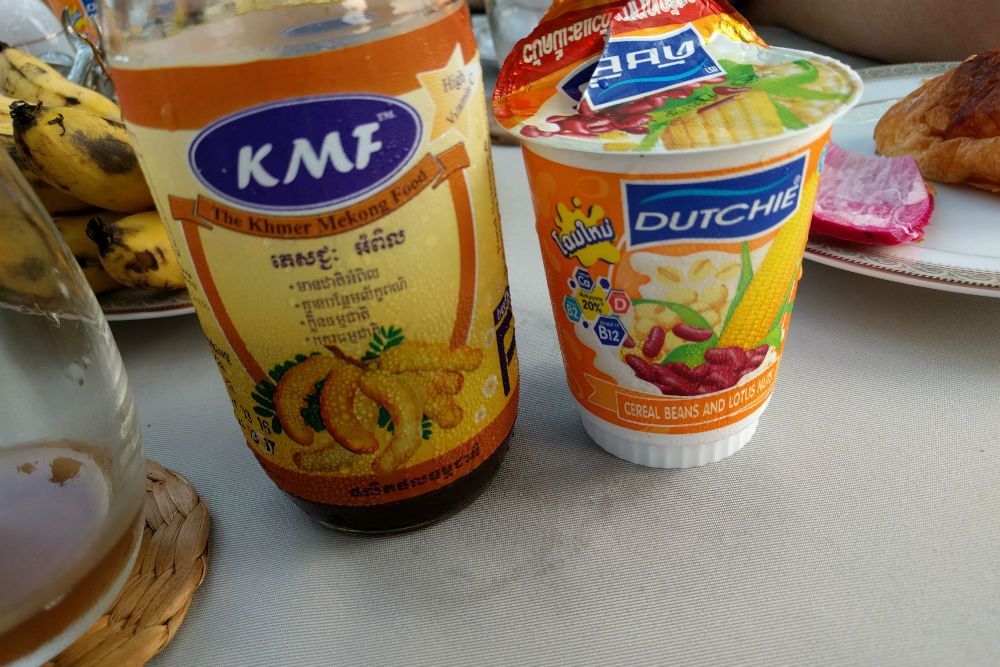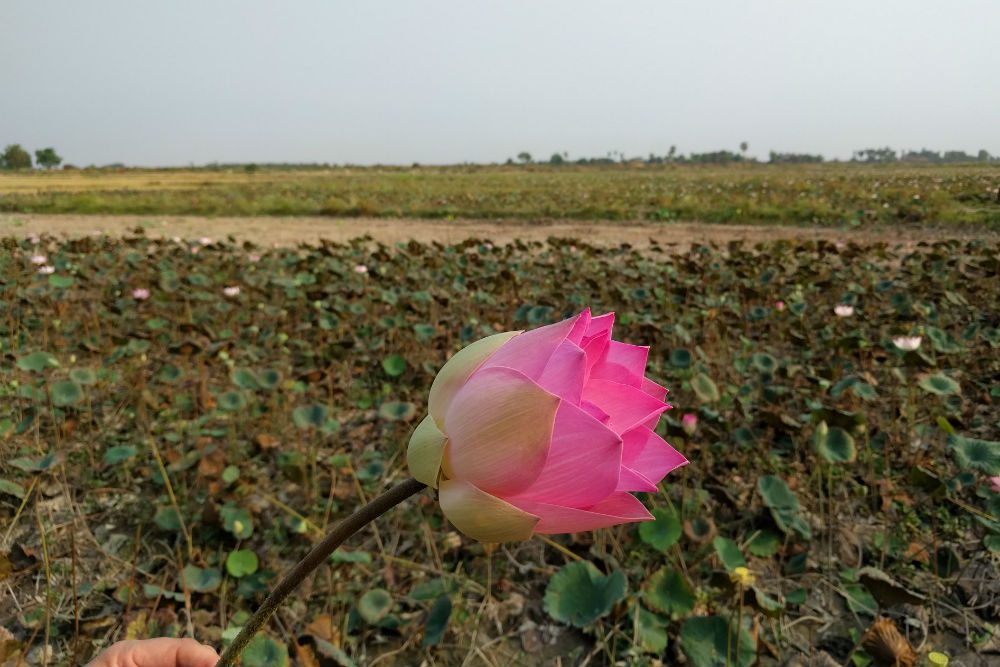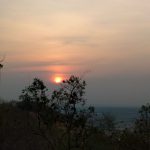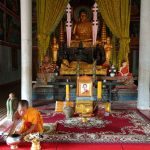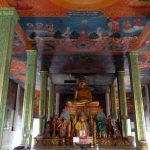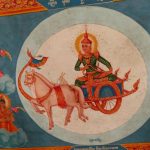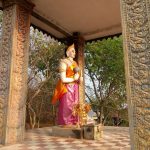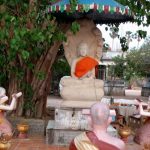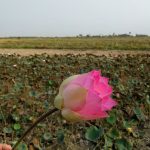My aunt Ruth, a wise woman, once popped into a city hall and asked to speak with the mayor. The mayor was produced, and Aunt Ruth said, “I bring you greetings from Ringwood, New Jersey!” The mayor, whose town was also called Ringwood, responded with a guided tour. It was one of the highlights of Aunt Ruth’s only trip to England.
It took me years to learn how to do this sort of thing. Meanwhile, I wasted some unique opportunities. I once moved to a town where the local beauty shop was called the Bull Cheka Hair Salon and Tire Repair, and guess what: I never even went inside! Instead, I drove by the Bull Cheka approximately 5,000 times, burning with curiosity. I didn’t need my hair braided or my tires repaired, but I did need female company. I should have invented any excuse—a sudden need for a manicure or a henna rinse—to get myself through that door.
Since then, I’ve become a lot more like Aunt Ruth. You can only learn so much about a place without getting to know the people. It does no good to hang back. You must get out there and meet people. Make friends. Here’s how.
1) Rent a home. Do not stay in a hotel. This is elementary. Hotels are for people from out of town. Rent a house or an apartment in a neighborhood where people buy vegetables, do laundry, and get their hair done.
2) Start your day at a coffee bar. Make small talk with the barista. Do this every day. Same bar, same time, same drink, same barista. Be part of a neighborhood’s morning commute.
3) Go to a community event—a church supper, a croquet tournament, a trade show for farm equipment—and learn as much as you can. Pick something outside your comfort zone and don’t be afraid to sound stupid. There are actually people who come to life when you ask them what a driveshaft is.
4) Carry a sketchbook. Discover the contemplative magic of sitting in a public place and sketching rooftops and telephone wires. Why should you do this? To avoid taking hundreds of photos with your smartphone, and to practice paying attention.
5) Likewise, lose the earbuds. Life is a sensory experience. Stop, look, and listen. My first-grade teacher taught me that.
6) Volunteer. Trash Removal Day at the local playground? Grab a plastic bag and go.
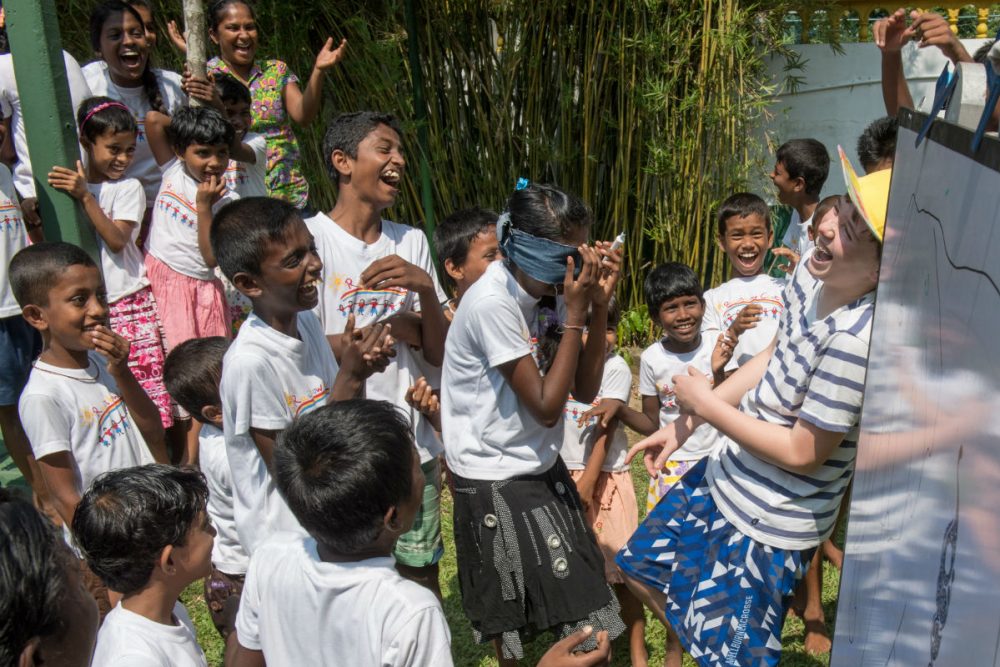
When Wendy’s family visited Sri Lanka, they spent the day volunteering at a local school, where her sons made fast friends with the students. Photo: Tim Baker.
7) Let your passions guide you. There are people all over the world who love knitting, dachshunds, backgammon, vintage motorcycles, Italian hand puppets, you name it. Go to your Web browser and find them. Be creative with your use of search words. Try typing the name of your destination plus “chat english” or “community events.” To find the places where local people gather, you’ll need to make Google your friend.
8) Find a local chapter of your 12-step group. A New York stage actor told me about attending an AA meeting in Colombia; he was the only one in the room who didn’t speak Spanish. Top that for nerve.
9) Register at Meetup.com. The site lists all kinds of local events, many of them free. It has led me to Zumba classes, French lessons, woodland hikes, and a Scottish lady who taught me to darn socks.
10) Follow the students. University neighborhoods are magnets for the young, the intellectually curious, and the frugal. Poetry bars and kimchi pancakes are found here.
11) Patronize local markets and shopping malls, and don’t just stroll around taking pictures of the wares. Vendors hate that. Instead, learn how to prepare a local dish and buy all the necessary ingredients, including the spices. Now prepare the dish.
12) Brave the supermarket. If you really want to sample local life, you’ve got to shop at a grocery store. I can promise you an adventure. I once found a rack of leopard-print bras next to a refrigerator advertising “live bait.”
13) Talk to strangers. If the stranger is wearing a frog costume and carrying a blowtorch, disregard this rule.
14) Take public transportation. Every time you ride the bus you become part of the human pageant. It’s like stepping into a Bruegel painting. There is comedy, romance, and drama. This doesn’t happen in a cab.
15) Go for a run. If you don’t want to run alone, find a running club. In Tanzania, I ran with the Hash House Harriers; in Togo, my companions were the local gendarmes. There is always someone to run with.
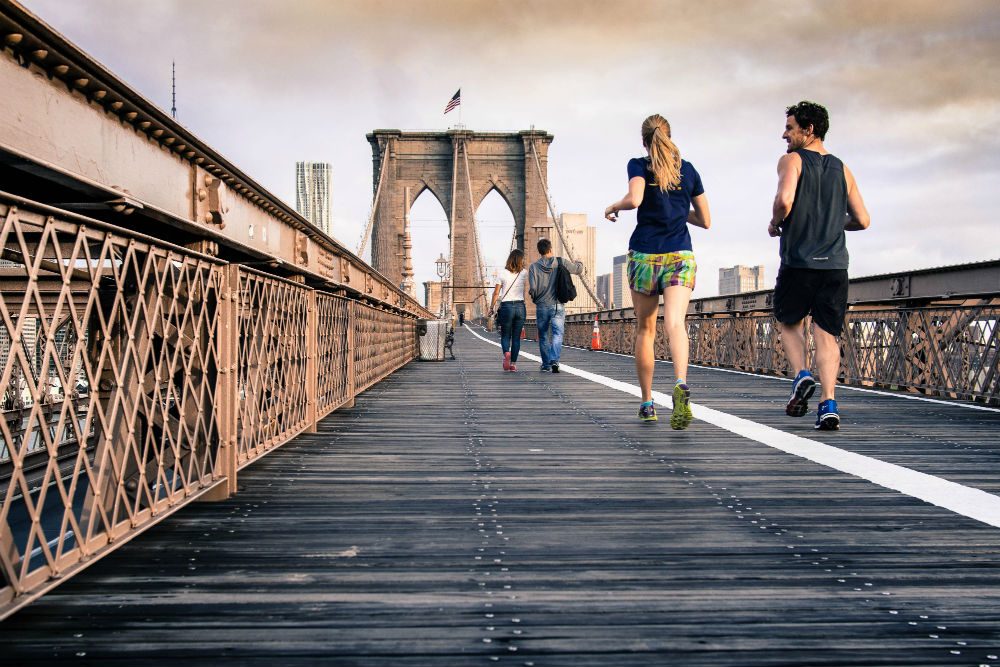
Find a running group to join; you’ll meet people and see more of the place you’re visiting.
16) Visit a church, a synagogue, a mosque, or a temple. Every major religion has a tradition of welcoming the stranger. You’re a stranger, so be welcomed.
17) Be sporty. Ride a bicycle, fly a kite, join a game of pickup basketball, climb a rock. If you don’t know how to climb a rock, find someone to teach you.
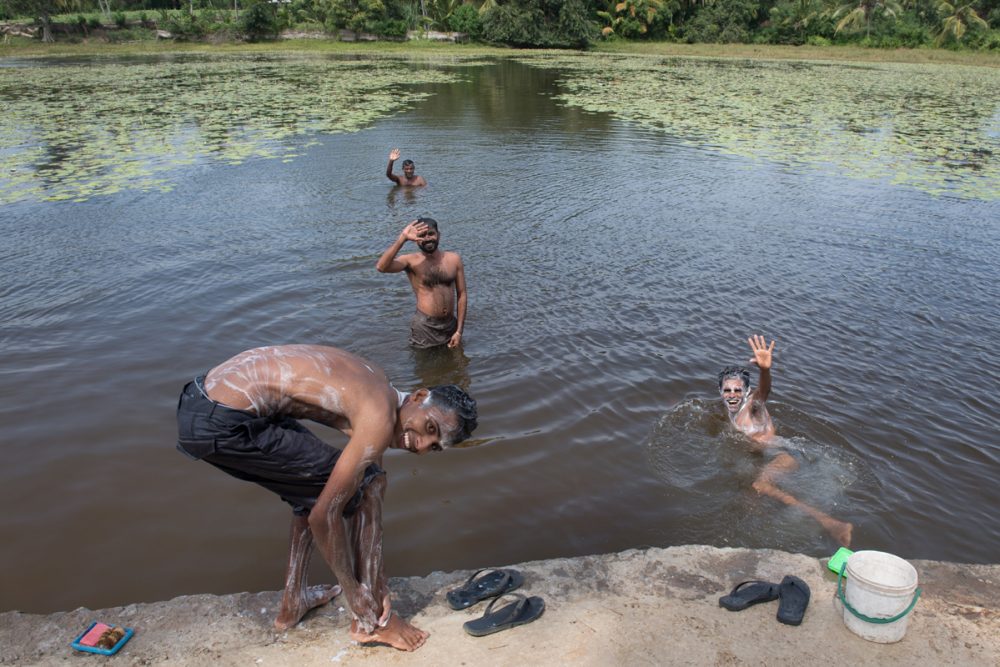
Bath time at the lake, on Wendy’s family trip to Sri Lanka.
18) Go to a communal bathhouse. I have not done this. I am too chicken. But I’m told by experts that it is the best way to immerse yourself in local culture.
19) Visit the local swimming hole. This one I can handle. Bring a towel and don’t expect the water to be even close to body temperature.
20) Go to the port and ask a fisherman to take you fishing. Be prepared to get up early.
21) From a musician friend: “If you hear music or singing, follow it, and maybe join in, if they’ll let you.” I wish I had thought of this one. I once heard somebody whistling Handel’s Messiah from an upper storey as I walked through a village in France. I wonder what would have happened if I had whistled back.
22) Go to an art gallery at lunchtime and take the owner out for a sandwich.
23) Join the club. Rotarians, Rastafarians, and writers of romance novels all belong to organizations. Reach out to them and say hi.
24) Visit an ESL classroom and let the students interview you.
25) Look for an anglophone society. That’s how I made friends when I moved to France. I googled “anglophone club” and the name of my town, et voila! Lectures, classes, and activities galore.
26) Go to a park. Not the kind that birders like, with quiet woodland trails. You want dogs and balls and kids and ponies and rowboats and ice skates for rent. Couples walking hand in hand. Furtive adolescents. A hurdy-gurdy man.
27) Never choose a restaurant because it’s safe. Dining out should be an adventure. If you can’t read the menu and have to order with your hands, you’re off to a good start.
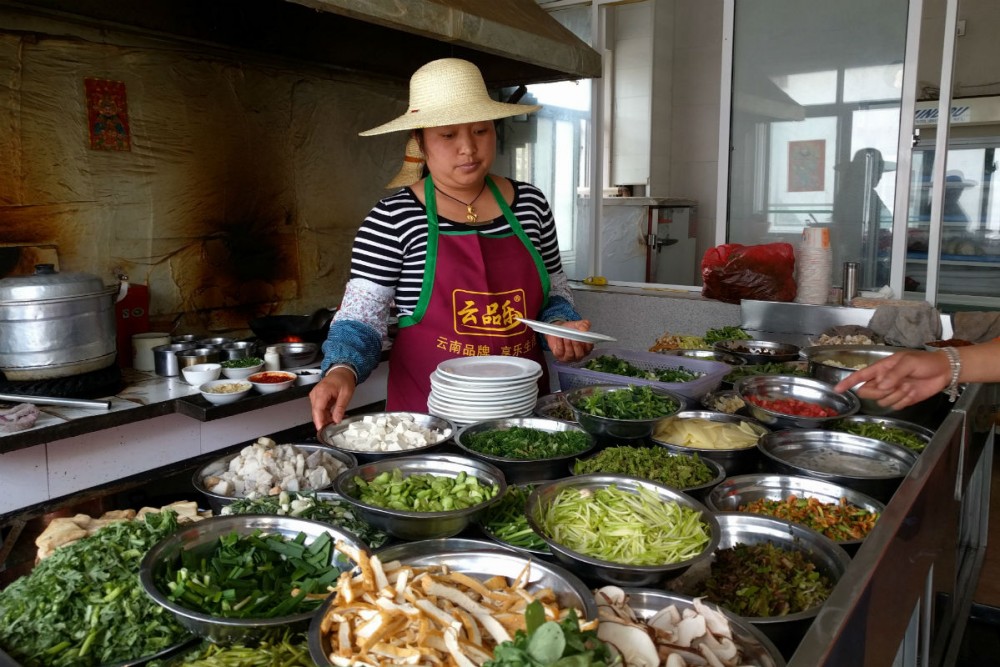
At this very local lunch spot near Dali, China, there is no menu. Diners choose to their ingredients and the cook stir-fries them up with whatever sauce she thinks best. Photo: Billie Cohen
28) Chat with bartenders. A good barman is full of wisdom.
29) Visit a barbershop or a hair salon. There are a dozen variations on this theme. My 18-year-old went to Bali and came home with a tattoo that took many hours to execute. He got to know the tattoo artist very well.
30) Buy your gifts in a hardware store. You know those dish sponges with the clear plastic handles that dispense soap? My Parisian mother-in-law fell in love with one on a trip to America. If you want a good gift, think tools.
Be a smarter traveler: Read real travelers’ reviews of Wendy’s WOW List and use it to plan your next trip. You can also follow her on Facebook, Twitter @wendyperrin, and Instagram @wendyperrin, and sign up for her weekly newsletter to stay in the know.

